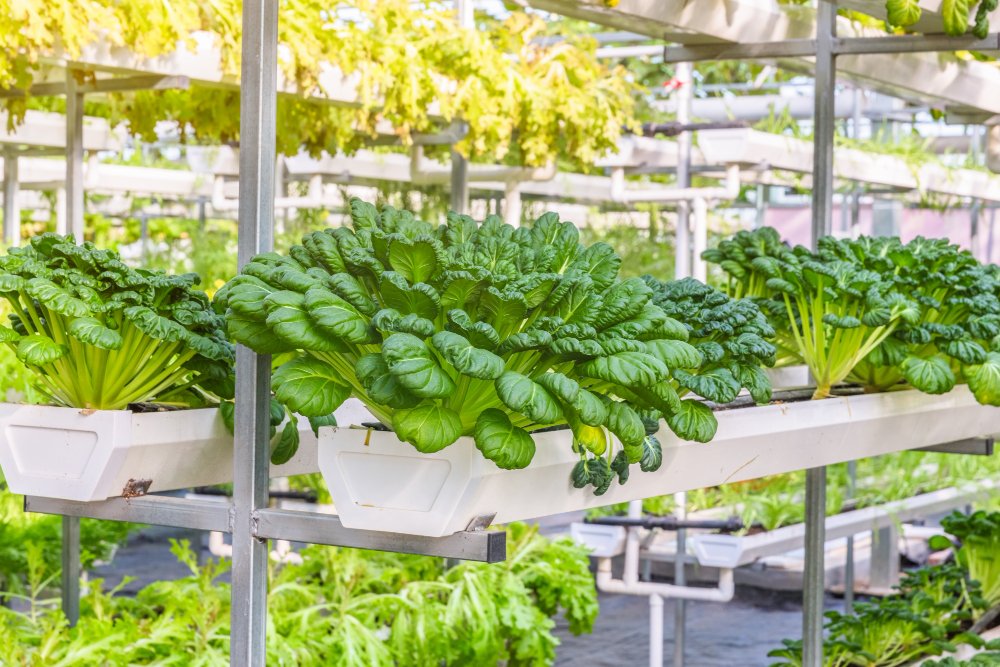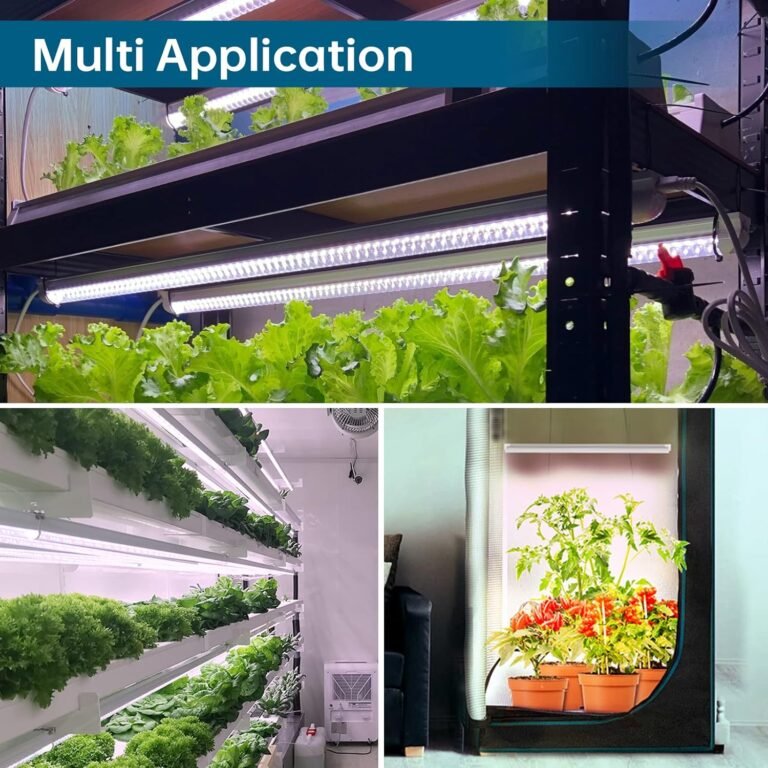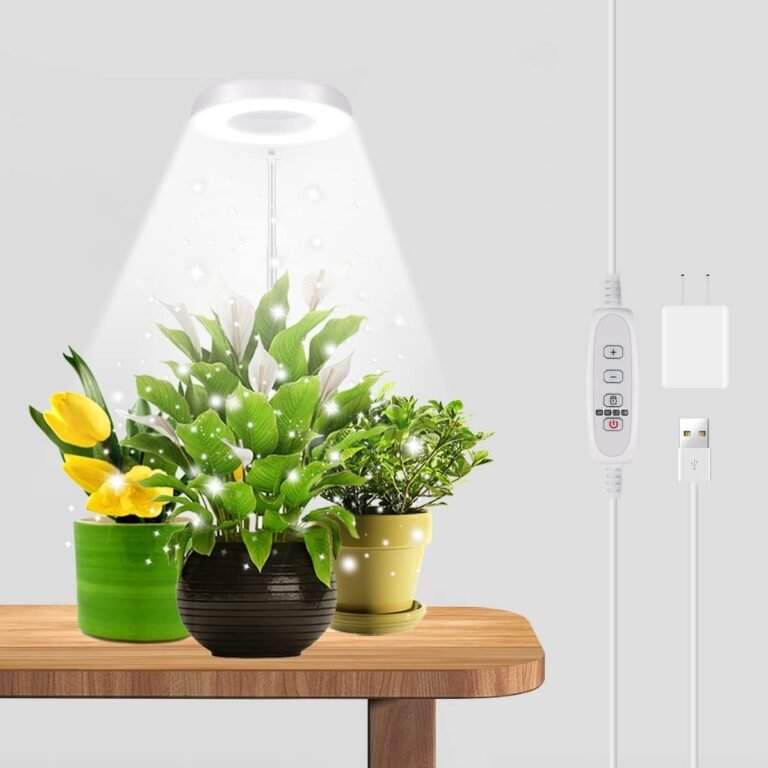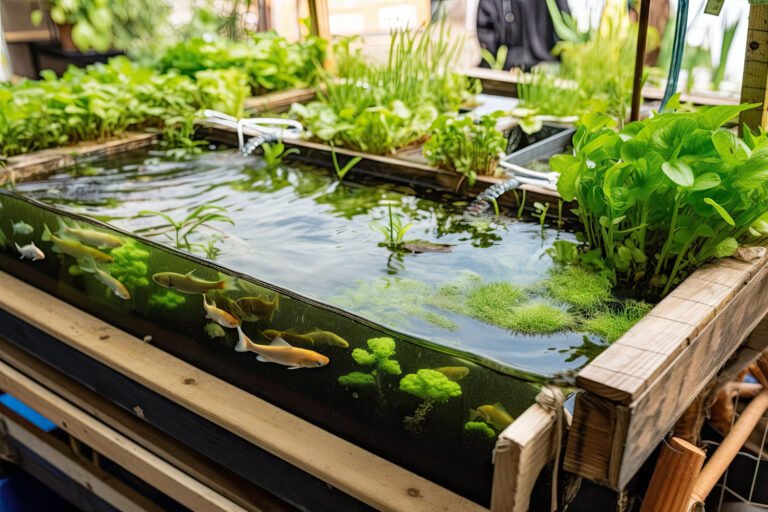Welcome to the world of indoor hydroponic gardening! In our blog series, ‘Setting Up Your First Indoor Hydroponic Garden,’ we’ll guide you through the exciting journey of growing plants without soil. Discover the basics, essential equipment, and tips to cultivate lush greens right in the comfort of your home. Let’s dive in and unlock the secrets to a thriving indoor oasis!
What is hydroponic gardening?
Hydroponic gardening is a method of growing plants without soil. Instead, plants are grown in a nutrient-rich water solution. This allows for more control over the plant’s environment and nutrient intake. Indoor hydroponic gardening is a popular choice for growers who want to have more control over their plants and maximize their yield. With indoor hydroponics, you can create the perfect growing conditions for your plants, regardless of the season or climate. It’s a great way to grow plants in limited space and achieve faster growth rates.
Benefits of indoor hydroponic gardening
When it comes to indoor hydroponic gardening, there are several benefits that make it an attractive option. Not only does it allow you to grow plants year-round regardless of the weather conditions, but it also requires less space compared to traditional gardening methods. Additionally, indoor hydroponic gardening provides precise control over nutrient levels, resulting in healthier and more productive plants. With the right setup, you can create an efficient and sustainable garden right in your own home.
Setting Up Your First Indoor Hydroponic Garden
Once you have decided to start your own indoor hydroponic garden, there are a few key steps you need to take to get started. First, you will need to determine the space and size available for your garden. This will help you decide on the appropriate hydroponic system and lighting setup. Next, you will need to gather all the necessary equipment and supplies, including nutrient solutions and pH testing kits. Finally, you can start setting up your hydroponic system and planting your chosen crops. Remember to follow the instructions carefully and monitor the nutrient levels and pH of your solution regularly to ensure the success of your indoor hydroponic garden.
Choosing the Right Setup

Determining the space and size
Determining the space and size of your indoor hydroponic garden is an important first step. Consider the available space in your home and the amount of plants you want to grow. You can start small with a compact system that fits on a countertop or choose a larger system for more plants. This week, take some time to measure your available space and determine the size of your garden. This will help you decide on the right hydroponic system and ensure that your plants have enough room to thrive.
Selecting the right hydroponic system
When it comes to selecting the right hydroponic system, there are a few factors to consider. First, determine the space and size available for your indoor garden. This will help you decide whether to go for a vertical or horizontal setup. Next, consider the type of hydroponic system that suits your needs. There are various options available, such as Deep Water Culture (DWC), Nutrient Film Technique (NFT), and Ebb and Flow. Each system has its own advantages and disadvantages, so do your research and choose the one that best fits your requirements. Lastly, don’t forget about choosing the appropriate lighting for your hydroponic system. LED grow lights are a popular choice among indoor gardeners due to their energy efficiency and ability to provide the right spectrum of light for plant growth. Remember, finding the perfect hydroponic system is crucial for the success of your indoor garden.
Choosing the appropriate lighting
Now that you have determined the space and size for your indoor hydroponic garden, it’s time to focus on choosing the right lighting. Lighting plays a crucial role in the success of your plants’ growth and development. Different plants have different lighting requirements, so it’s important to select a lighting system that meets their needs. LED grow lights are a popular choice for indoor hydroponic gardens because they are energy-efficient and provide the right spectrum of light for photosynthesis. Make sure to consider the intensity, color temperature, and duration of light needed for your plants. Remember, providing the right lighting is essential for healthy and productive plants in your indoor hydroponic garden. Click here for the 8 Best Indoor Plant grow Lights.
Selecting the Right Plants

Understanding plant requirements
Now that you have a basic understanding of hydroponic gardening, it’s time to dive into the specific requirements of the plants you want to grow. Different plants have different needs, so it’s important to choose the right ones for your indoor hydroponic garden. Consider factors like temperature, humidity, and light requirements when selecting your plants. You can refer to plant care guides or consult with experts to ensure you’re providing the optimal conditions for your plants to thrive. Remember, happy plants equal a successful garden!
Choosing plants suitable for indoor hydroponics
When choosing plants suitable for indoor hydroponics, it’s important to consider their specific requirements. Some plants thrive in a hydroponic environment, while others may not adapt as well. Leafy greens like lettuce and spinach, herbs like basil and parsley, and small fruiting plants like tomatoes and peppers are popular choices for indoor hydroponic gardens. These plants have different nutrient and lighting needs, so it’s essential to research and provide the right conditions for their growth. Additionally, consider the space available in your indoor garden and choose plants that fit well. Remember, the goal is to create a thriving and productive hydroponic garden that you can enjoy and share with others.
Popular plants for indoor hydroponic gardens
When it comes to choosing plants for your indoor hydroponic garden, there are a wide variety of options to consider. Some popular choices include lettuce, herbs, tomatoes, and strawberries. These plants thrive in hydroponic systems and can provide a bountiful harvest. Additionally, they are easy to grow and require minimal maintenance. Not only will you enjoy the convenience of having fresh produce at your fingertips, but you can also use these plants as gifts for grandpa. Imagine the joy on his face when you present him with a basket of homegrown tomatoes or a bundle of fresh herbs. It’s a thoughtful and unique gift that shows you care. So, go ahead and get started with your indoor hydroponic garden and let your creativity bloom!
Maintaining Your Indoor Hydroponic Garden

Monitoring nutrient levels
To ensure the health and growth of your plants, it’s important to regularly monitor nutrient levels in your indoor hydroponic garden. This can be done using a nutrient testing kit or by sending samples to a laboratory for analysis. Keep a record of the nutrient levels and make adjustments as needed to maintain the optimal balance. Additionally, check the pH levels of the nutrient solution regularly to ensure it remains within the appropriate range for your plants. By staying on top of nutrient levels and pH, you can provide the best conditions for your plants to thrive.
Managing pH levels
Maintaining the correct pH levels in your indoor hydroponic garden is crucial for the health and growth of your plants. pH measures the acidity or alkalinity of the nutrient solution, and different plants have different pH requirements. To manage pH levels effectively, you can use pH testing kits or digital pH meters to regularly monitor the pH of your nutrient solution. If the pH levels are too high or too low, you can adjust them using pH up or pH down solutions. It’s important to keep the pH within the optimal range for your plants to ensure proper nutrient uptake and overall plant health. By regularly monitoring and managing pH levels, you can create an ideal growing environment for your indoor hydroponic garden.
Preventing and treating common plant diseases
To ensure the health of your indoor hydroponic garden, it’s important to be proactive in preventing and treating common plant diseases. Regularly inspect your plants for any signs of disease, such as yellowing leaves or mold growth. Isolate any infected plants immediately to prevent the spread of disease. Maintain proper hygiene by cleaning your equipment and disinfecting your growing area. Monitor nutrient levels and pH levels regularly to ensure optimal plant health. If you do encounter a plant disease, research the specific disease and follow appropriate treatment methods. By taking these steps, you can keep your indoor hydroponic garden thriving and disease-free.
Conclusion

Enjoy the benefits of indoor hydroponic gardening
Now that you have set up your indoor hydroponic garden, it’s time to explore the many benefits it offers. Hydroponic gardening allows you to grow plants without soil, which means no mess and no weeds to deal with. With the right setup, you can grow a wide variety of vegetables, herbs, and even flowers right in your own home. The controlled environment of an indoor garden also means you have more control over the growing conditions, resulting in healthier plants and higher yields. Plus, you can enjoy fresh and flavorful produce all year round, regardless of the weather outside. So get ready to experience the joy of watching your plants thrive and harvest your own homegrown goodness!
Experiment and learn from your garden
After setting up your indoor hydroponic garden, it’s time to experiment and learn from your plants. Observe how different plants respond to the hydroponic system and make adjustments accordingly. Keep track of the growth rate, nutrient requirements, and any issues that arise. This hands-on experience will help you understand the intricacies of indoor hydroponic gardening and improve your skills over time. Don’t be afraid to try new techniques or varieties of plants. Remember, learning is a continuous process, and your garden is a living laboratory waiting to teach you new things!
Share your success with others
Once you have successfully set up your indoor hydroponic garden and started growing your own fresh and nutritious produce, don’t keep it to yourself! Share your success with others and inspire them to join the home gardening revolution. You can share your experiences and tips on social media platforms, join online gardening communities, or even organize workshops to teach others about the wonders of indoor hydroponic gardening. By sharing your knowledge and passion, you can contribute to a greener and more sustainable future.
In conclusion, growing plants using the Ponics system is a great way to cultivate a thriving garden. With its efficient use of water and nutrients, Ponics allows plants to grow faster and healthier. Whether you’re a beginner or an experienced gardener, the Ponics system is easy to set up and maintain. Start your own garden today and experience the joy of watching your plants flourish. For more information and to get started, visit our website at growplantponics.com.







